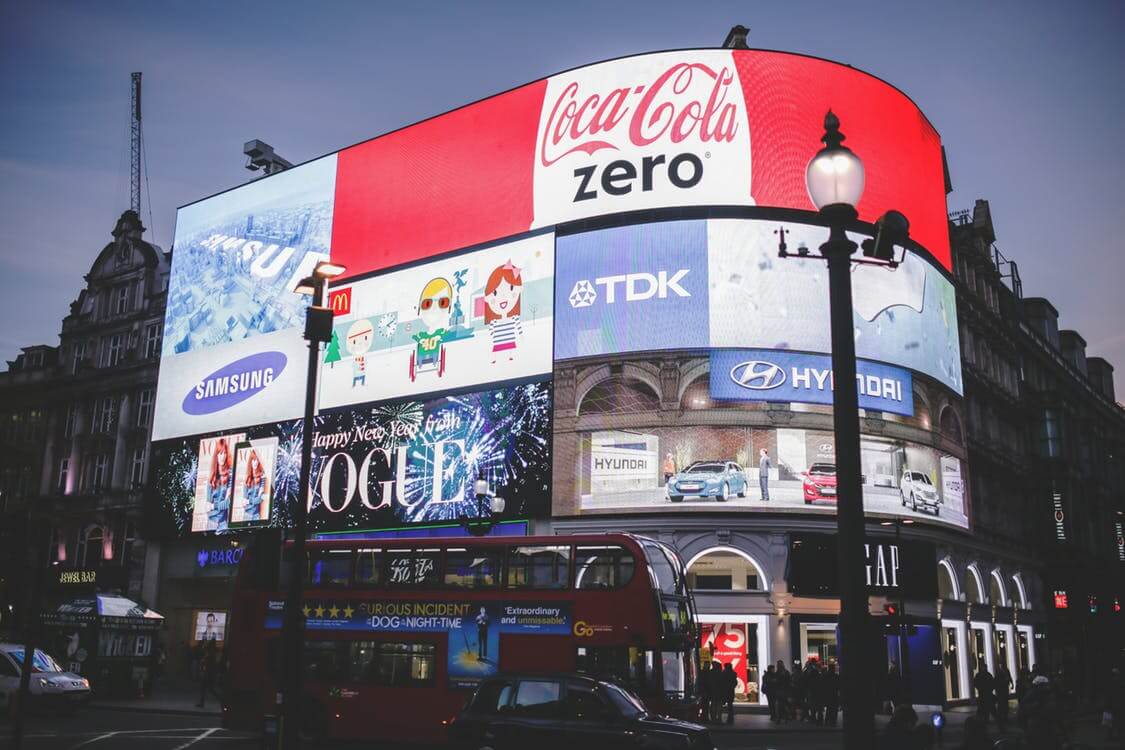Why Brand Reputation is important
Today, when the competition is fierce, corporations are struggling to increase the value of their brands and protect them from unauthorized use or illegal copying.
According to the American Marketing Association, a brand is “name, term, sign, symbol, image, or a combination of all of the above, designed to identify the goods and services of one or more manufacturers/suppliers and distinguish these goods and services from goods and services of others manufacturers/suppliers”.
Communication/Interaction
A brand’s reputation is the result of its interaction with the target audience or the result of the consumer experience. Two aspects of brand perception can be distinguished as formed through communications (design, advertising, sponsorship, PR, etc.) and formed as a result of interaction directly with the brand (purchase and use of a product, receipt of service).
The success of brand building depends on the use of product strengths in advertising. Creating a brand requires considering the characteristics of the consumer, which in the end will give faster success. Therefore, most domestic brands are distinguished by “sincerity” and naturalness. 😉 Besides, if, for example, international brands focus on the convenience of using the product, then for our consumers this is in the background. Our consumers, unlike Western ones, are not yet influenced by constant assortment pressure (although the prerequisites for a more demanding request are already clearly visible).
What influences the brand recognition
Therefore, initially, it is necessary to identify problems and tasks, and only then to propose solutions to them – by clearly choosing the product category for branding and promotion. A properly designed brand should meet expectations and meet the capabilities of the main consumer.
There are a lot of things that may influence the reputation of the brand, such as
- The model of employee behavior
- Convenient service
- Reliable and sought-after product
- A strong employer brand and, as a result, happy employees
- Stable and consistent pricing over a long period
- Transparent logic of decision making
- Openness of leadership

Customer behavior
Basically, those who bought the product before, or at least heard something about it, often buy what is already familiar. That is what most buyers do. As a result, some products sell well, while others do not. This means that in certain cases, the relationship between the product and the buyer turned out to be stronger and stronger than in others. The definition follows from this: a brand is an intellectual component of a product, which is expressed in its name and design, which are peculiar only to this product and have strong and strong communication with the buyer. In other words, the emergence of a definite consumer an unambiguous relationship between a particular product and its brand can be considered the birth of a New Brand. Based on this, the most important task of the manufacturer is to create conditions for the formation and fixing of such a connection, with a positive reaction from the buyer. If the buyer reacts negatively, then this can create an anti-brand.
Social Media
Big brands use social media to engage consumers and build a reputation. Social media provides real-time visual and viral communication capabilities — in some situations, no other platform can replace them. Our world is becoming more and more mobile and marketers continue to manage this channel in their interests.
Most buyers believe that branding is the creation of a perfect logo. But for consumers to have a good opinion about the product, the branding process should consist of the following components:
- visual image (packaging design, logo, and slogan);
- audio design (music and voice);
- tactile sensations (the product or its packaging should be pleasant to the touch), and, if possible, it can affect
- sense of smell (for example, the pleasant smell of packaging).
All these components affect the subconscious. And you need the consumer to know your business everywhere: on posters, in shops, on the radio and television, and the Internet. The combination of colors, sounds, or graphic symbols that you choose should only associate with the consumer with your product!
*To sum up
The decent brand should be unique, catchy, and have its target audience. A strong brand helps people understand what to expect from a company. Turning to a strong, consistent brand, people know exactly what they can count on when buying their products and using their services.




